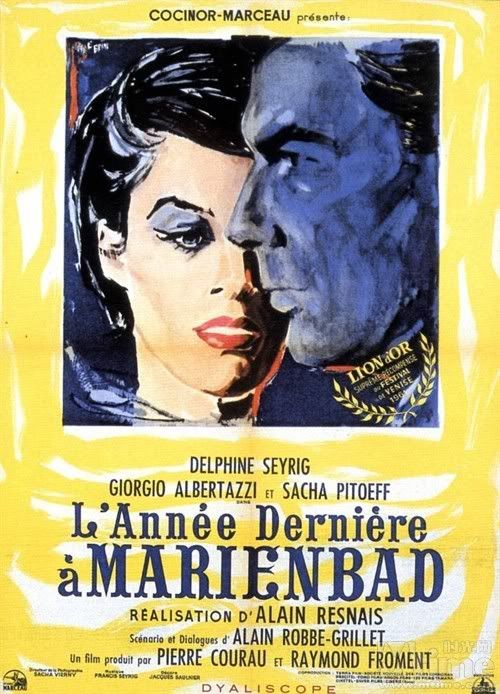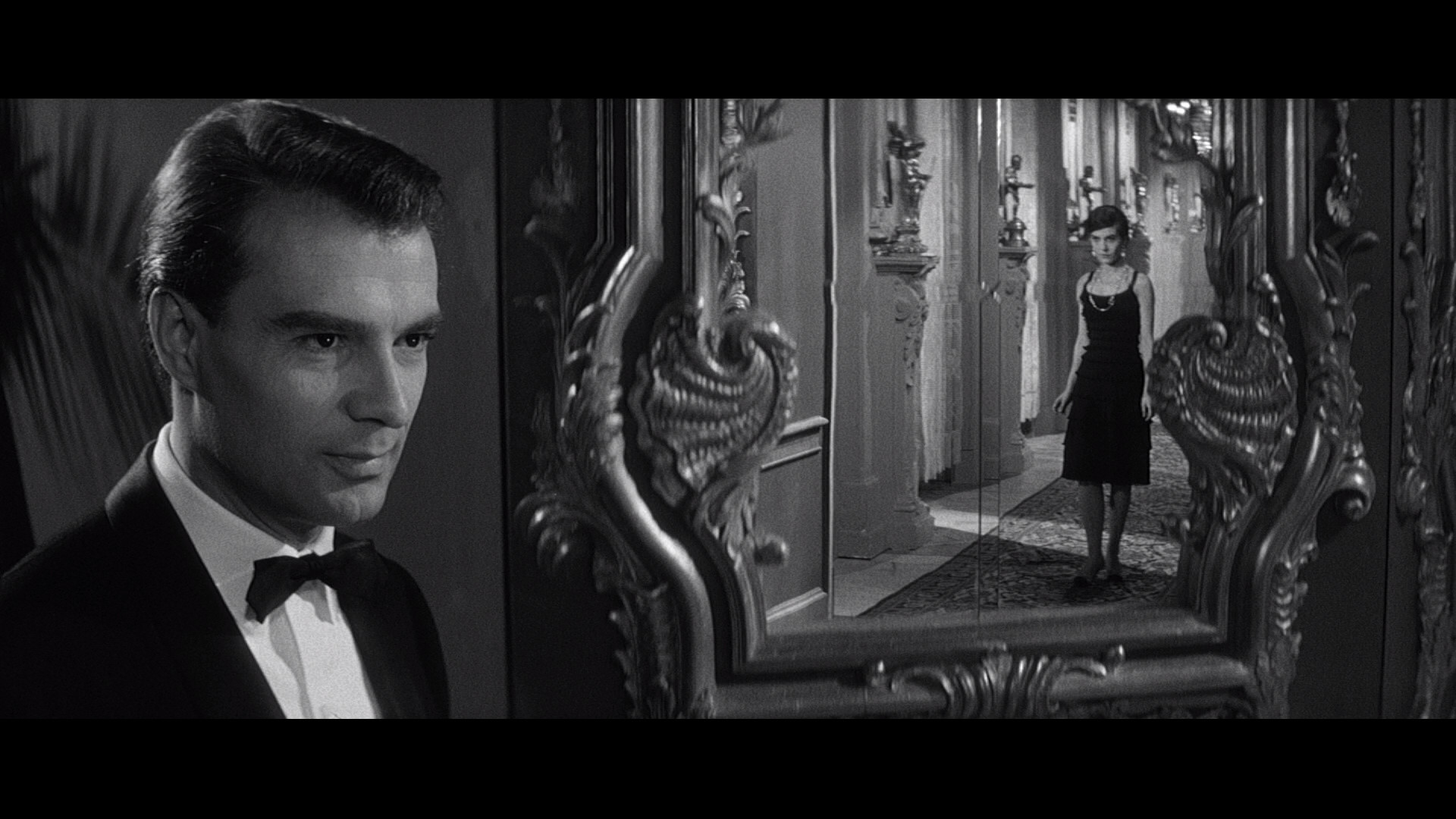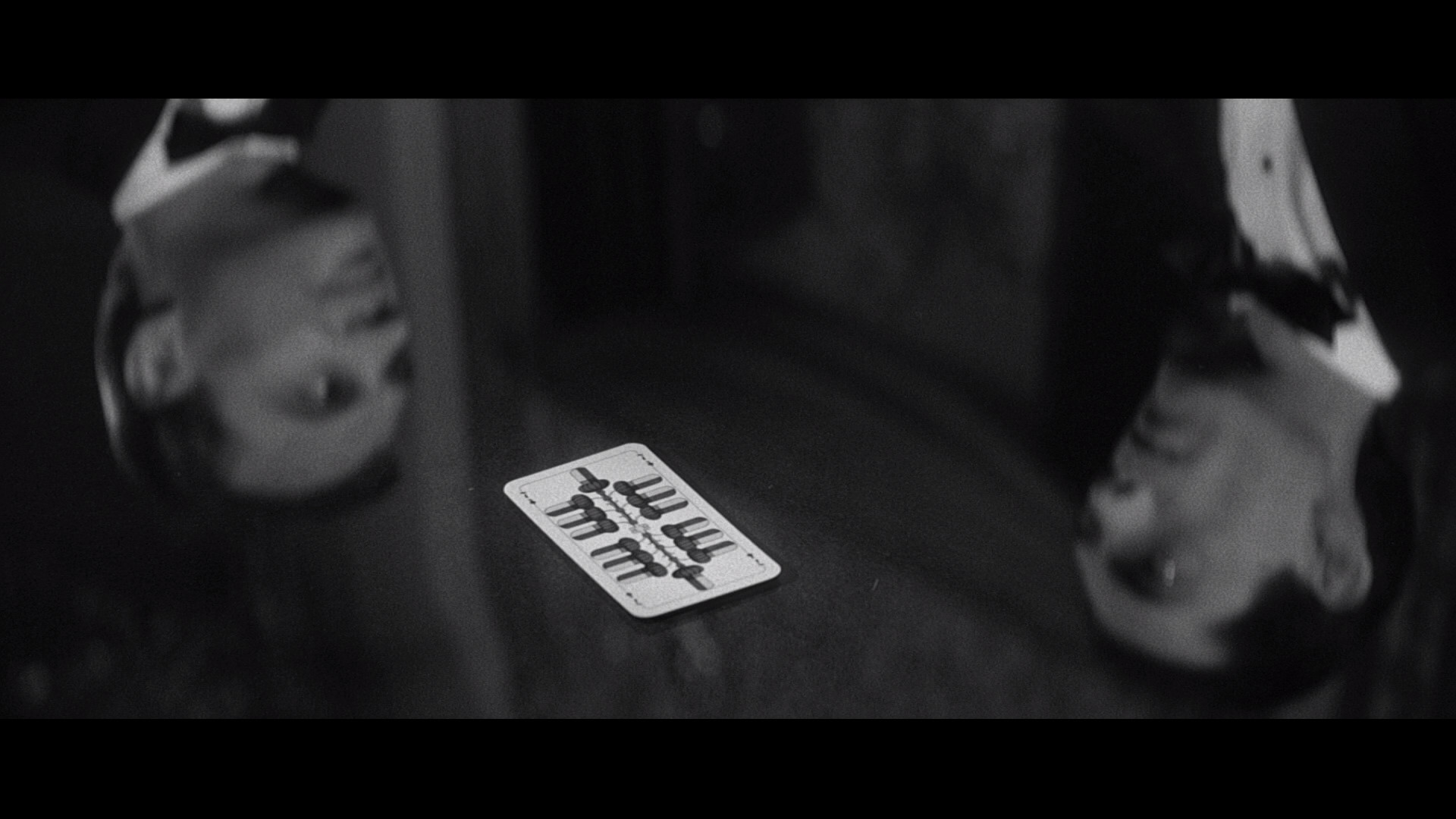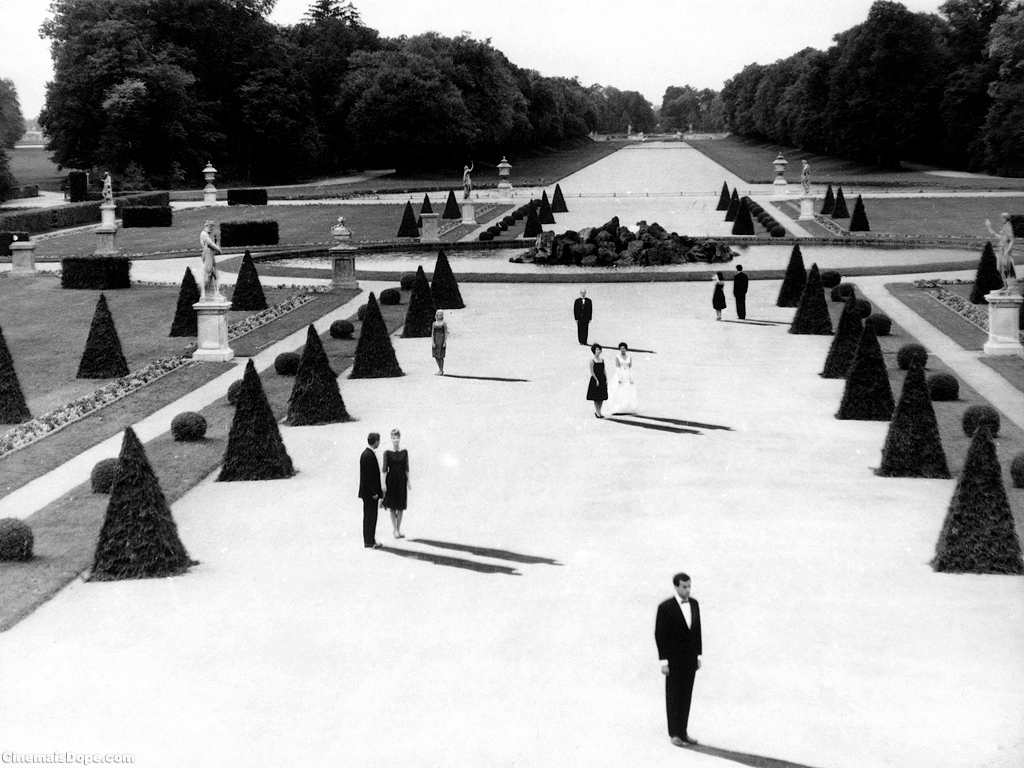
Hello everyone! It has been a while since my last post and things have changed since we last talked. Things have gotten a little crazy and Maya Deren and Stan Brakhage have made a permanent imprint on retinas. Stan Brakhage seems to be more about the experimental-ness of the content, not just the technicality. Maya Deren explores the ways to use camera through a surreal setting.
 "Meshes in the Afternoon" is an extremely interesting showcase of camera tricks and symbolism. While taken in context the image to the left makes some sense, it is really funny when coming across it on the internet. Personally, I have been getting semi-frustrated with all of the feminist media we are assigned in our classes. This collection however, made that subtext. Being an English major I look for the story.
"Meshes in the Afternoon" is an extremely interesting showcase of camera tricks and symbolism. While taken in context the image to the left makes some sense, it is really funny when coming across it on the internet. Personally, I have been getting semi-frustrated with all of the feminist media we are assigned in our classes. This collection however, made that subtext. Being an English major I look for the story. "Meshes in the Afternoon" is very surreal. The film creates a smattering of different Maya Derens all repeating the same afternoon routine. There is a figure shrouded in black and has a mirror face. Yes, his face is a mirror. There is a lot of symbolism riddled throughout film. The key is cross cut with the knife, implanting the correlation between the two in our minds. So when we see her dead at the end of the film we assume that she killed herself in order to 'unlock' the way to her freedom. Sorry about the obviousness of that, but I feel it is an extremely important aspect of the film.

We find out quite literally that the shrouded figure is her companion. The ominous figure she is trying to escape from is not only her lover, which we see from her laying in the bed when he gets home, but is in fact the routine itself. What is really interesting is how previously we see Maya climbing the stairs. She is displaying the struggle in her subconscious of how she knows what is going on is oppressive and wrong.
 In her essay she talks about all of the camera tricks she uses in a very technical fashion and I think it is extremely interesting how she uses the camera to alter reality. In a great coordinative effort, Maya falls right and left with the camera as it shakes to the left and right. This gives the effect that the planet itself is being tossed around. As we get closer to the top Maya turns the camera sideways and upside down, she alters what we think is real with in an attempt to show us her knowledge of the camera.
In her essay she talks about all of the camera tricks she uses in a very technical fashion and I think it is extremely interesting how she uses the camera to alter reality. In a great coordinative effort, Maya falls right and left with the camera as it shakes to the left and right. This gives the effect that the planet itself is being tossed around. As we get closer to the top Maya turns the camera sideways and upside down, she alters what we think is real with in an attempt to show us her knowledge of the camera. "At Land" is great for considering the essay in which she talks about altering space and time.
 She starts at the beach which we can associate as the underworld as she only goes up from this point. In the middle world, or midgaurd as the Norse would call it, It is just a bunch of white men sitting at a table talking. Which is her metaphor for what our lives our like up here. She cuts the film stock so that it appears she climbs the tree trunk and immediately appears in this world. She alters space to explore what how film can manipulate reality.
She starts at the beach which we can associate as the underworld as she only goes up from this point. In the middle world, or midgaurd as the Norse would call it, It is just a bunch of white men sitting at a table talking. Which is her metaphor for what our lives our like up here. She cuts the film stock so that it appears she climbs the tree trunk and immediately appears in this world. She alters space to explore what how film can manipulate reality.  A pawn falls down into the underworld and she goes after it. The pawn which by definition is meaningless and one of many, becomes men who interchange every time they are put in the shot. We also get this awkward situation where a woman in white and a woman in black are playing chess in the underworld, only two are doing it and that it feels like that is the only way they can get away with it. They do not seem to care taht they are playing chess which could mean that they are doing it and going through the motions just to spite men.
A pawn falls down into the underworld and she goes after it. The pawn which by definition is meaningless and one of many, becomes men who interchange every time they are put in the shot. We also get this awkward situation where a woman in white and a woman in black are playing chess in the underworld, only two are doing it and that it feels like that is the only way they can get away with it. They do not seem to care taht they are playing chess which could mean that they are doing it and going through the motions just to spite men. All in all I believe most of this collection is a feminist backdrop to great film tricks. I would talk about Brakhage, but I'm afraid to be fined by the FAA.




